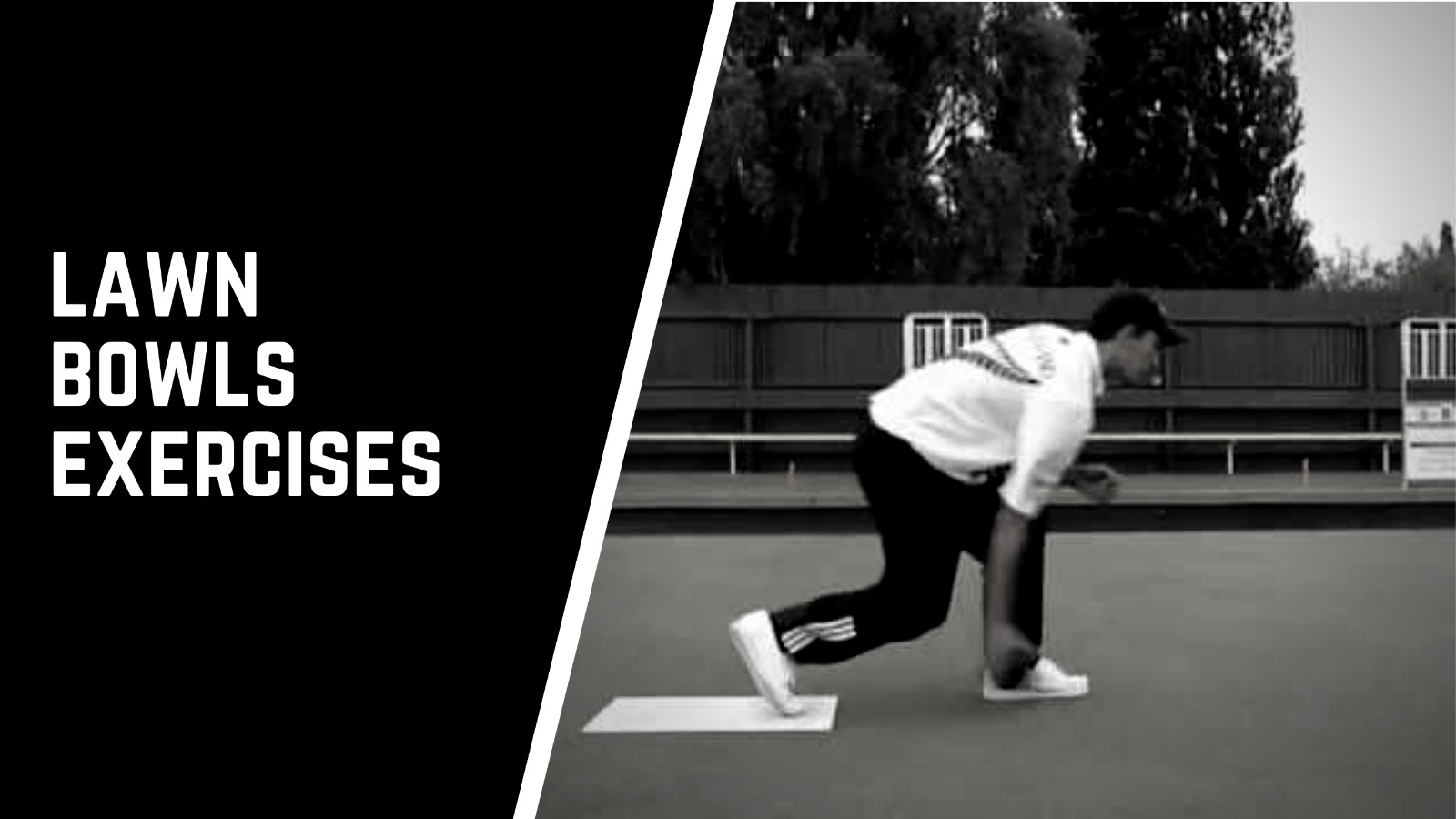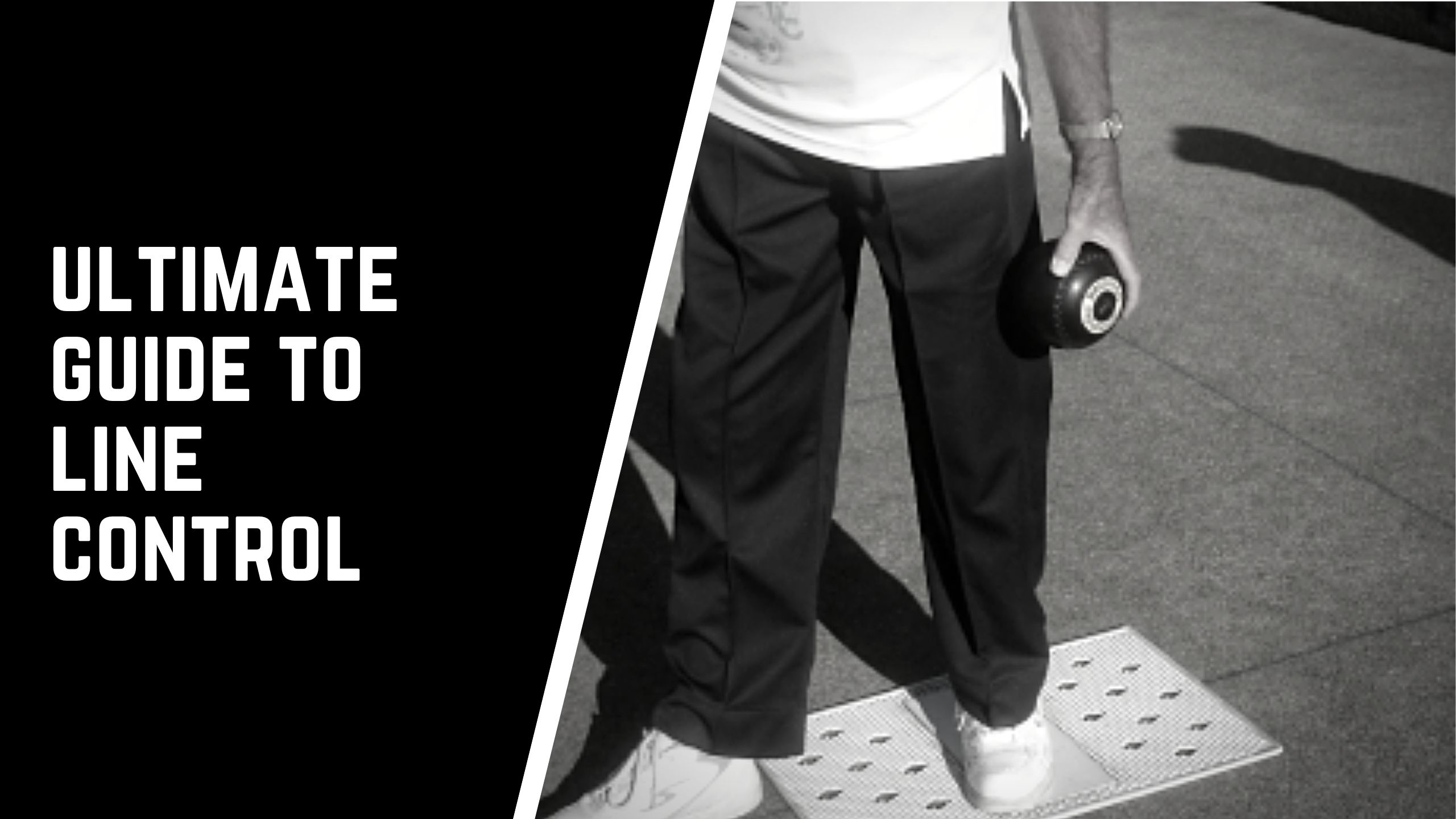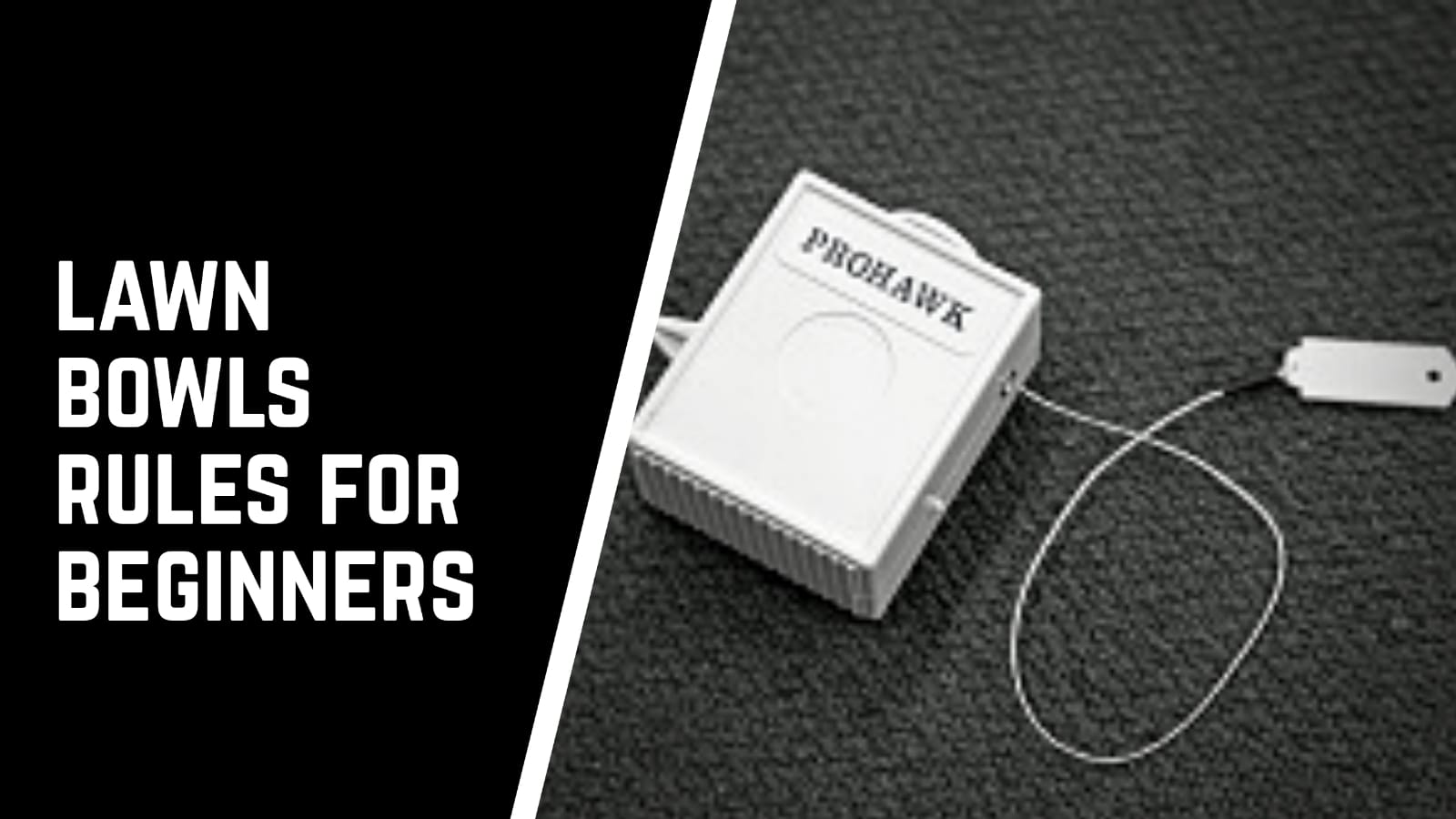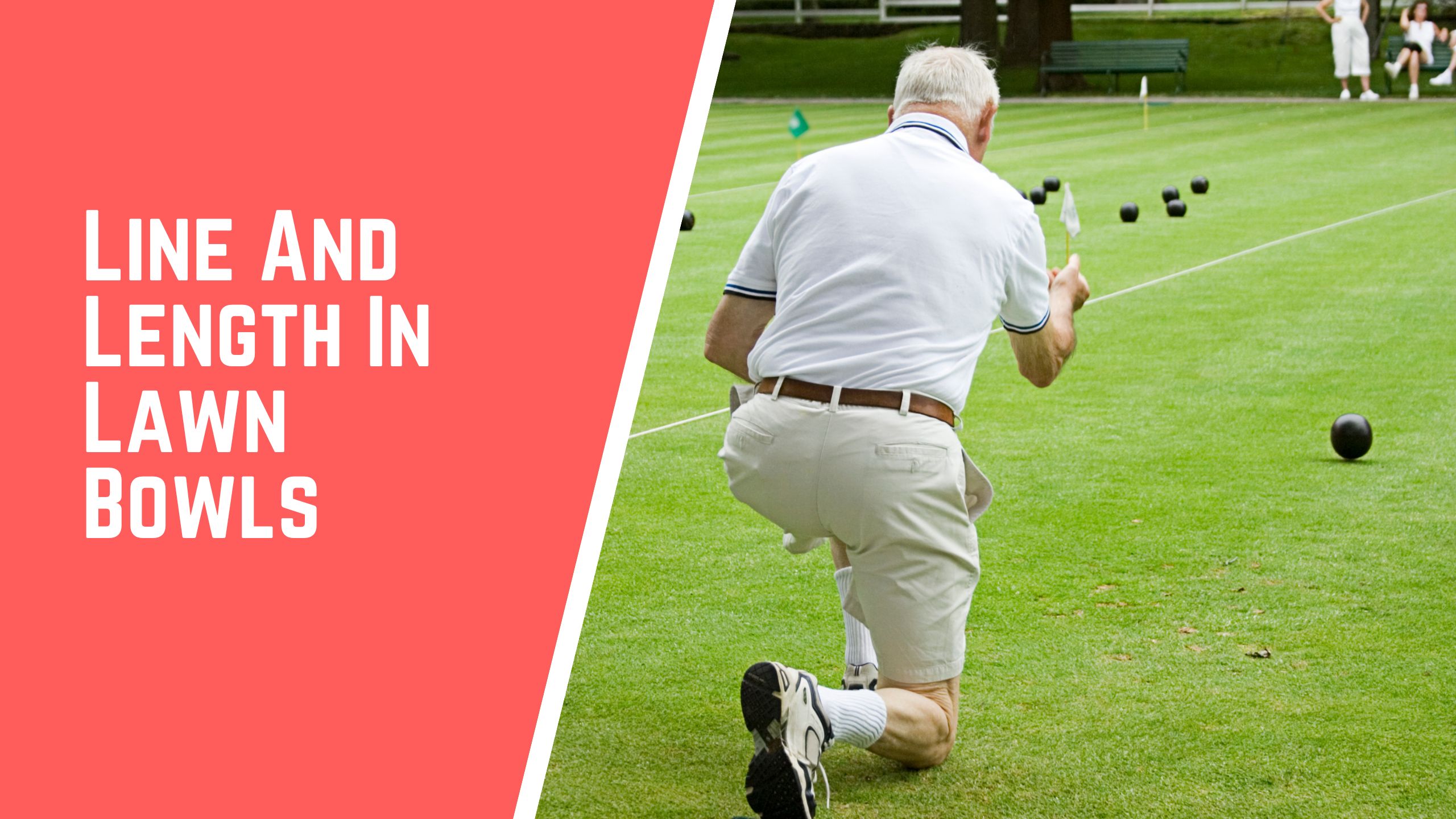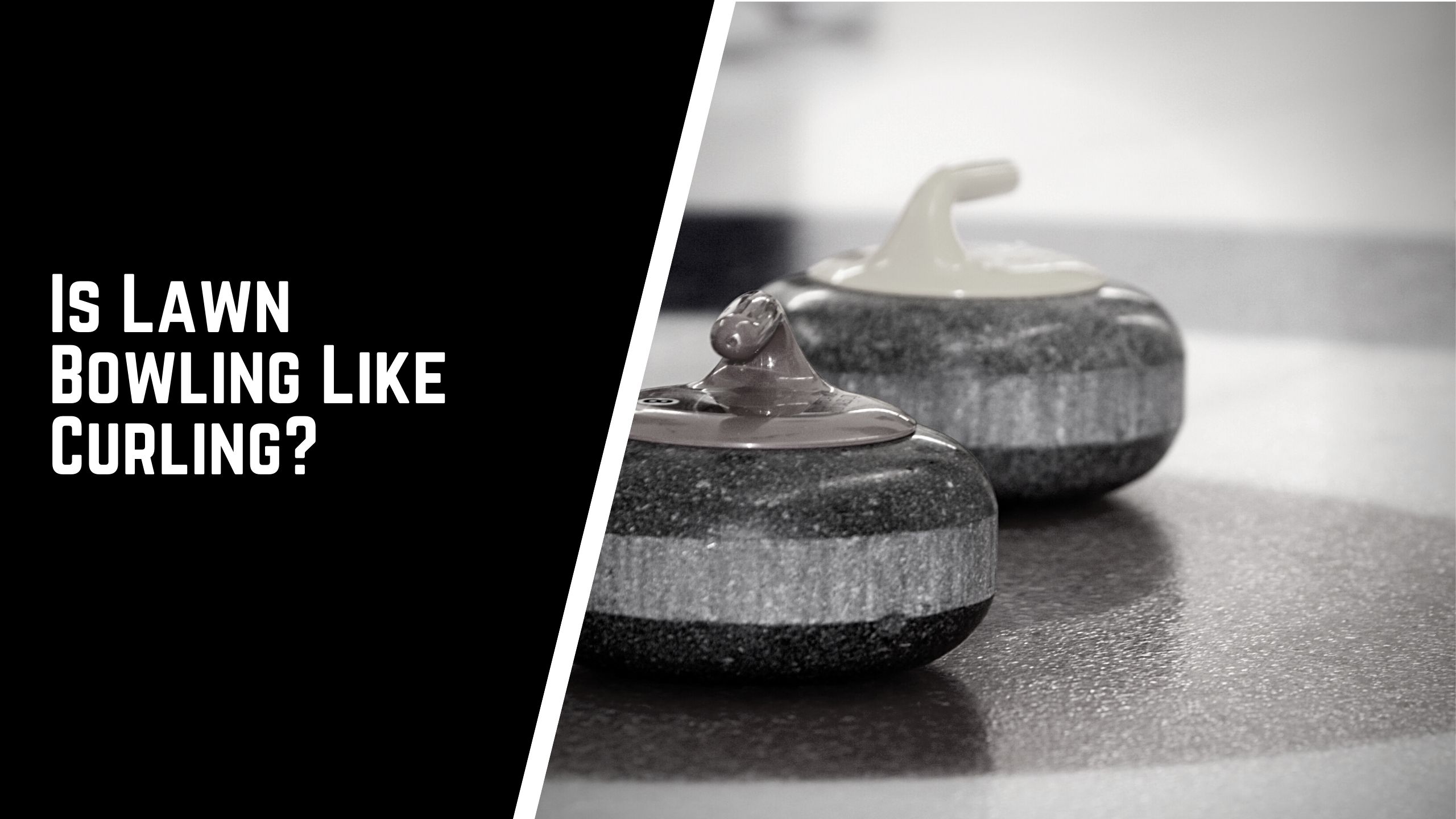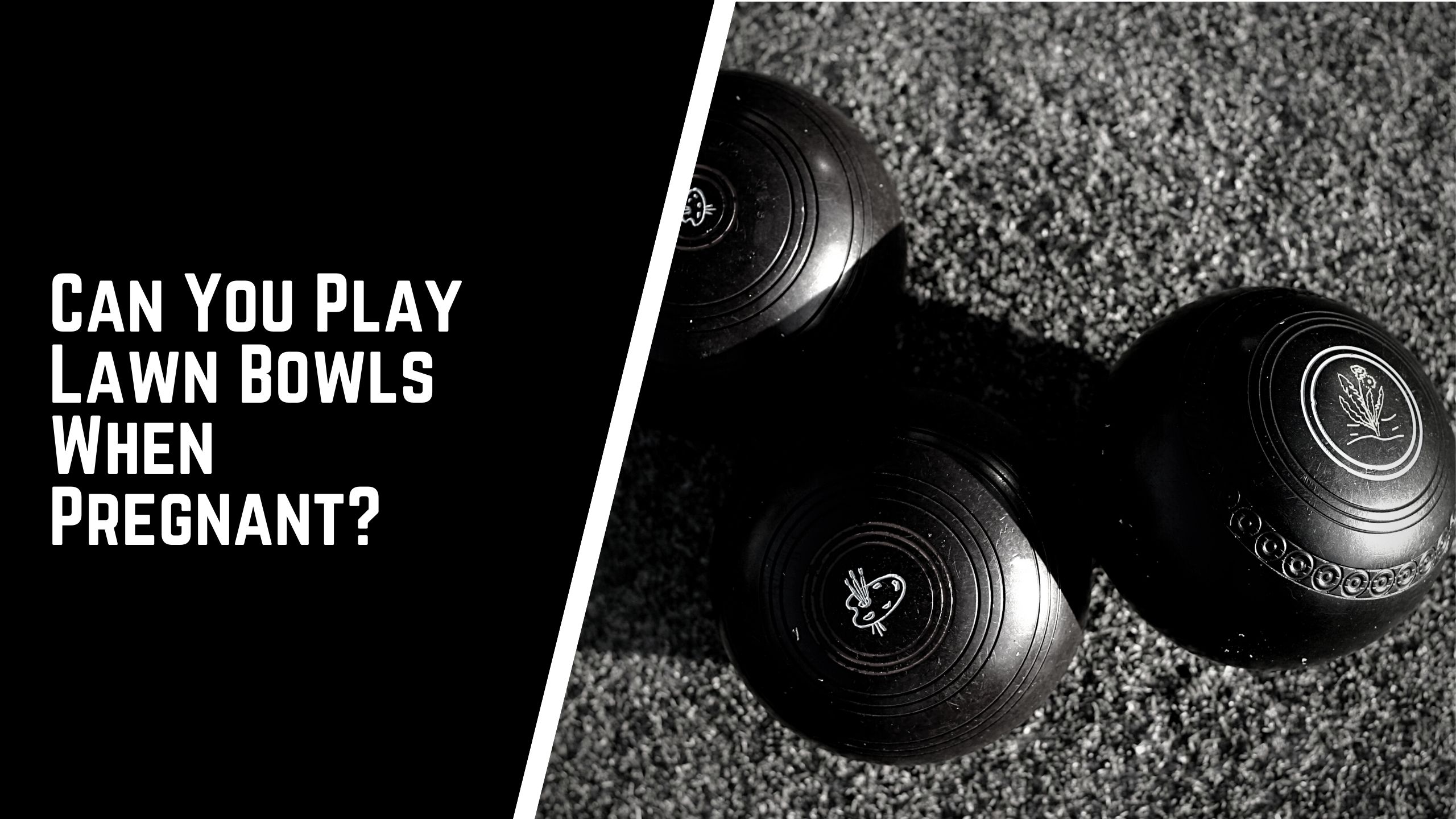The strength of a good lawn bowler isn’t in the technique, but in the mind. In this guide I’ll take you through the best exercises to help improve your game today.
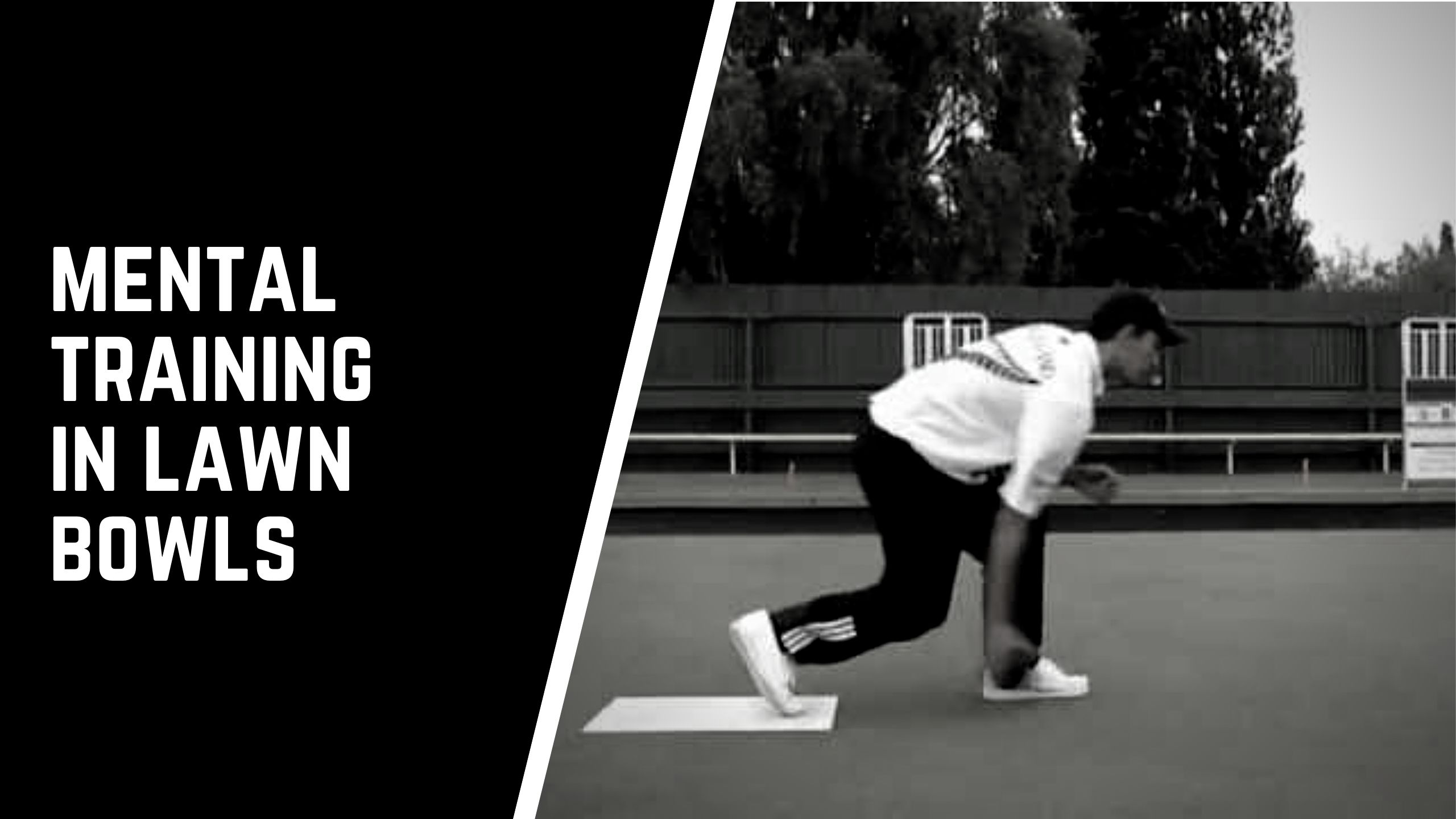
There is a big emphasis on the delivery technique in lawn bowls. Many are forever tweaking their deliveries in search of the “perfect” shot. However, the strength of a good lawn bowler isn’t in the technique, but in the mind.
The old school players will turn their nose up at the idea of mental training, but the evidence shows us that it is vital for reaching the top levels.
In this guide I hope to outline why you should consider mental training, when you should start doing, and how you should start doing it.
What is mental training?
I could try to explain what mental training is, but I doubt it wouldn’t even scratch the surface. Luckily for me, others have done the job for me.
Mental training is about improving one’s attitude and mental skills to help them perform their best by identifying limiting beliefs and embracing a healthier philosophy about their sport. Mental skills, just like physical skills, take repetition, practice, and game-time application to develop.
Bowls is a mental game. Once you have your technique down it becomes who can deliver on the day. Mental training ensures you arrive on the green confident and ready to do your job.
Importance of Mental training
It’s been said a thousand times, bowls is 80% mental. We have all seen it happen at club level. Players who show great talent and promise, but they just can’t quite win the big games or they wither under the slightest bit of pressure.
This is especially true when playing singles, as you will have no one else to guide you. You need to find a way to prepare yourself to bowl and to maintain your best levels.
If this sounds like you, then some mental preparation may be the missing piece to your game.
Benefits of mental training
Mental training is designed to help: Improve your performance through improve line control:
- Starting games in the right frame of mind
- Closeout close games
- “Getting over the line” in important games
- Preventing “choking” on the big occasions
If you can relate to any of the above issues, then mental training, and sports psychology might just be for you.
Mental training is the segment of sports psychology that concentrates specifically on helping athletes break through the mental barriers that are keeping them from performing up to their peak potential.
Limitations of mental training
Mental training cannot make up for issues with your technique. Bowls may be 80% mental, however, the other 20% is the foundations. Mental training can only take you the rest of the way.
If you aren’t quite there yet with your technique, or your control, then I would recommend checking out my guides on line control and then weight control first.
Key Benefits
So what areas can mental training help with? For me it comes down to these 3 key benefits:
- Concentration
- Consistency
- Creating a “Winner’s Mind”
All three are interlinked, and will each have a role in helping the other. Lets have a look at each one.
Concentrating
Help concentrate for longer, on the things that matter.
Through mental training, you can focus on what matters in the moment. Through practice and preparation, you will be completely focused on the shot-at-hand when you stand on the mat.
Loose shots are played when you aren’t fully focused on every shot. Poor play also follows muddled thinking and indecisiveness.
Consistency
Finding a good line is easy. Hitting it time and again is the hard part.
Winner’s mind
Getting into a winning spot is hard enough, however for those who maybe haven’t won the big games getting over the line can be a big issue.
Mental techniques
Here are the main techniques you can use to help improve your game. Many of them are things you can practice on the green – and will help you “in the moment”.
Simply being aware of the techniques and the factors they are trying to mitigate will give you an in-sight as to what may be going wrong in your game.
Self-talk
Everyone talks to themselves when they play. This is mainly in your mind, but I have seen some that speak out loud to themselves. This is usually a critique of your own performance, and verbalising your chances going forward.
However few realise the importance of the framing, and the tone of the language they use. All of the research into this area shows negative self-talk has a massive impact on confidence and level of performance.
In the research literature, both instructional and motivational self-talk have been shown to enhance performance. Negative self-talk increases motivation and performance in some circumstances but is generally detrimental to sport performance.
I know I’m guilty of saying some of the following:
- “Missed the line by a mile”
- “I can’t make that shot”
- “I’m playing awful today”
- “Why can’t I find the weight?”
- “I’m never going to win this game”
The idea of self-talk is to move away from these negative thoughts, and instead focus on the positives, praising yourself for all the good you do instead of beating yourself up over your mistakes.
Positive self-talk is about blocking negative thoughts. For example, develop awareness of how well you perform and praise yourself accordingly
Finally, you can focus self-talk not only on reviewing your past performance, but also talking about the shot you are about to take.
This can come in the form of motivational self-talk (such as “I can do this”, “I’m going to finish this game here”), or instructional self-talk (such as “stay low”, “follow the process”).
Self-talk isn’t for everyone, but I believe that reducing negative thoughts affects our demeanor – and this in turn can help boost our team mates. No one wants a skip who is negative, as it can bring the whole team down with them.
Action steps
- Make a note of your internal thoughts the next time you play. Do you find your performance is affected once you start thinking negatively? Start to acknowledge when you are doing this, and question the thought. Are you really playing badly?
- Think of the key areas of your delivery. What are your common issues? Think of phrases to train your mind. For example, you may not step out to your line, which results in narrow shots. A phrase to use could be “step out” to focus on stepping towards your mark
- Purposely praise yourself. Not just for great shots, but for good form, or good advice you gave to your skip.
So next time you play, pay attention to your thoughts, and see what works best for you.
Anchoring
“Anchoring” is something we experience in everyday life, whether we know it or not. It’s the smell of your favourite dinner that takes you back to being a kid, or a song that reminds you of a holiday 10 years ago. At its basic level anchoring is the ability to get into a previous state of mind through a sensory trigger.
Triggers and Mood:
- Smell of favourite meal Feeling like a kid
- Hearing a song Remembering a holiday
How does this relate to bowls?
Have you ever had one of those games where you were just “in the zone”? Everything you did was perfect, you were fully focused and relaxed, and the game just came easy to you?
Well “Anchoring” is the process of getting that feeling every time you play.
Action steps
- Sit down, relax and close your eyes
- Remember a time when you played great. You were in your optimal mindset and everything came easy
- Anchoring is all about the senses, so recall the sights, sounds, smells, and feel (e.g. the breeze)
- Feel the feeling you felt. The confidence, the concentration
- When it reaches a peak you need to apply your “trigger”. This has to be something you wouldn’t do in day to day life, otherwise it would lose it’s meaning. A common trigger is pressing the thumb and ring finger together
Repeat this process every few days. Eventually when you apply your “trigger” you should feel the feeling of being “in the zone”.
Visualisation
One of the most powerful techniques for bowls.
Visualization is when an athlete is able to imagine a series of events relevant to their sport. This whole process is done internally and doesn’t require the guidance from someone else (for example, a coach).
There is a powerful relationship between mental and physical performance in sport. The development of a wide range of mental powers, such as focus and concentration, elevates athletic performance
So what’s the science behind it? How can imagining yourself doing something help?
During visualization, the brain is directing the target muscles to work in a desired way. This direction creates a neural pattern in the brain, a pattern identical to the network created by the actual physical performance of the movements.
How does this apply to bowls? By visualizing yourself playing a draw you are training your mind and body to play that shot. This will help build that movement pattern – just like practicing yourself into a “groove”.
This can also be done in-game. Visualizing every shot before you play it. This not only helps prepare yourself to deliver the shot, it helps to “see” the line required for the shot.
Finally, visualisation could be applied before a game, to practice in your mind’s eye how you will play. This prepares your body for any scenario that might occur. Nev Rodda covers this in his thoughts on mental preparation.
Visualization is also known as mental imagery and rehearsal. Visualization is used primarily as a training tool, one that improves the quality of athletic movement, increases the power of concentration, and serves to reduce the pressures of competition on the athlete while building athletic confidence.
Action steps
- Practice visualizing your draw shot
- Close your eyes and imagine watching yourself playing your draw shot
- This can also be done by visualising yourself from within your mind’s eye
- “Feel” every movement. The backswing, the step, and the bowl leaving your hand
- Imagine the bowl going directly through the required line to finish in the desired spot
Here is an example of Visualization in action.
Mindfulness
Mindfulness may be a step too far for some. This does bring up visions of dinging bells, sitting cross-legged, and chanting “ohmmmmm”. This couldn’t be further from the truth.
Studies have shown Mindfulness can help sportsmen focus, and reduce anxiety – resulting in better performance.
Mindfulness helps keep you “in the moment”. This can help some overcome “result anxiety”.
Mindfulness also allows athletes to become aware of personal thoughts, feelings, and other internal stimuli and encourages athletes to focus on personal values or processes of sport related skills and game strategies instead of focusing on performance outcomes
Mindfulness Improving Sports Performance Reducing Sport Anxiety
Action steps
Try the following breathing exercise next time you feel yourself getting too stressed or anxious during a game.
Conclusion
In summary, mental training is greatly underappreciated by lawn bowlers. Whilst its true, not all the exercises will be right for all, I believe there is something in here for everyone.
This guide is just meant as a taster, so try out the action steps for anything that you fancy, and have a deeper look into anything that you want to take further.
Get The Complete Lawn Bowls Drill Pack
The Jack High Bowls Drill Pack is available now for instant download.
Perfect for beginners and improving players looking to be more consistent and win more games!
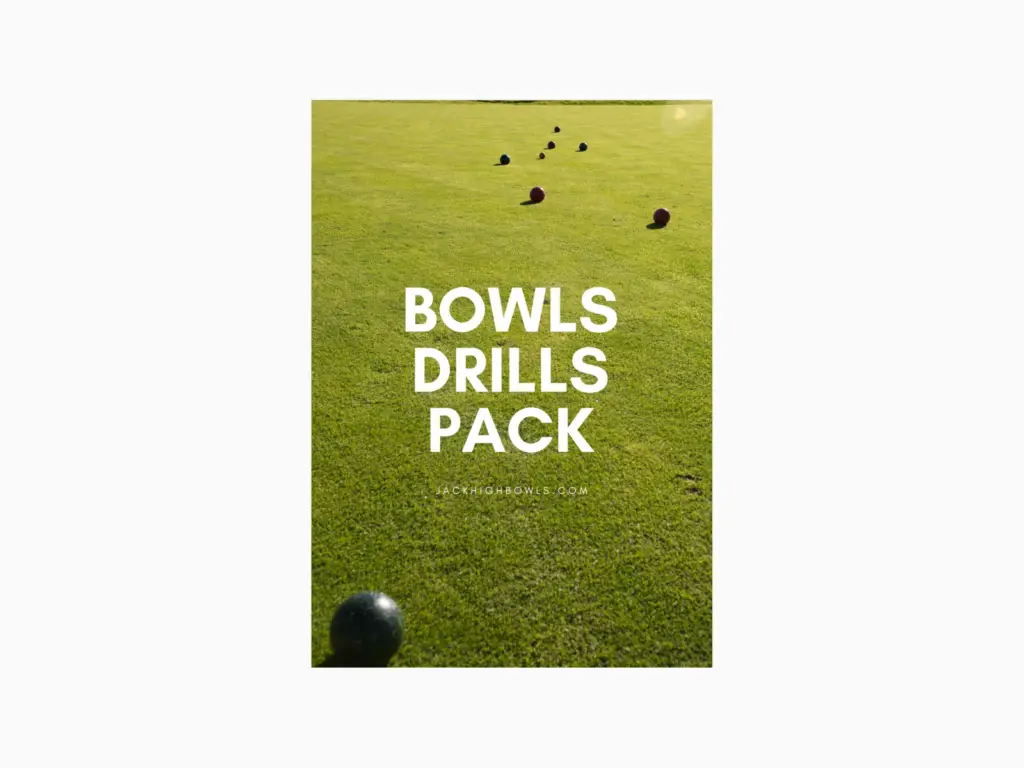
Get The Complete Lawn Bowls Drill Pack
The Jack High Bowls Drill Pack is available now for instant download.
Perfect for beginners and improving players looking to be more consistent and win more games!


